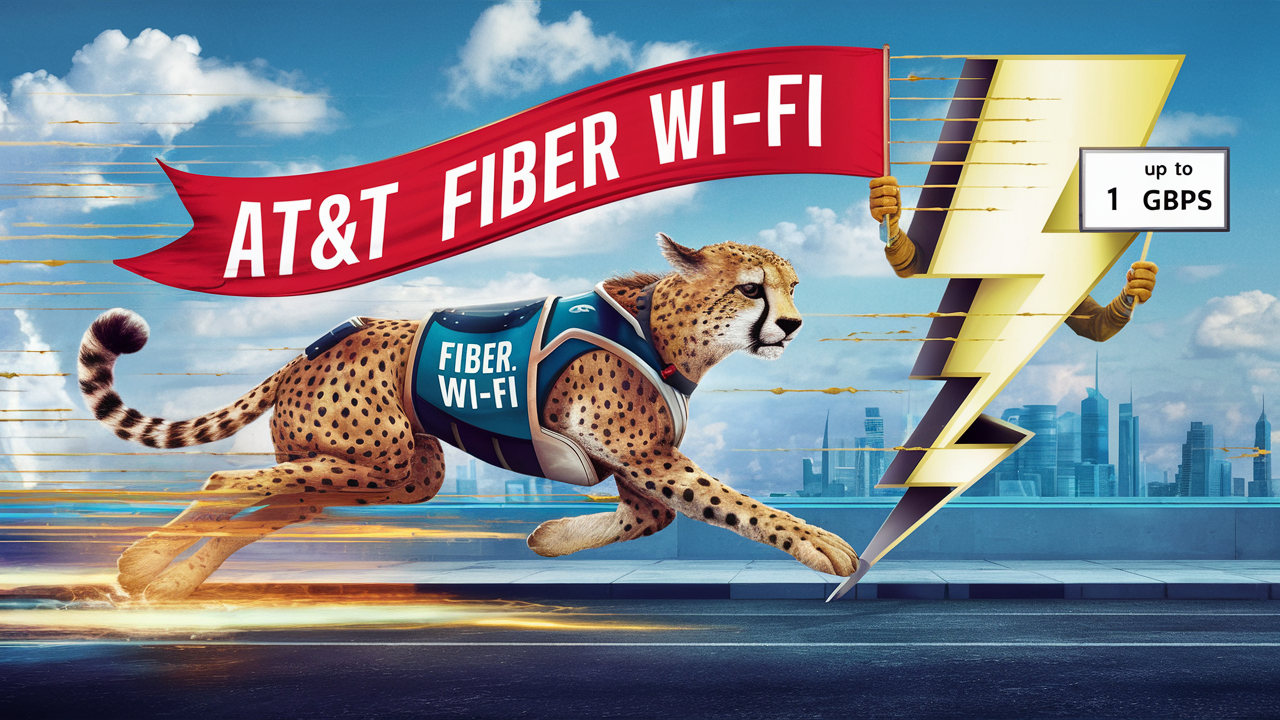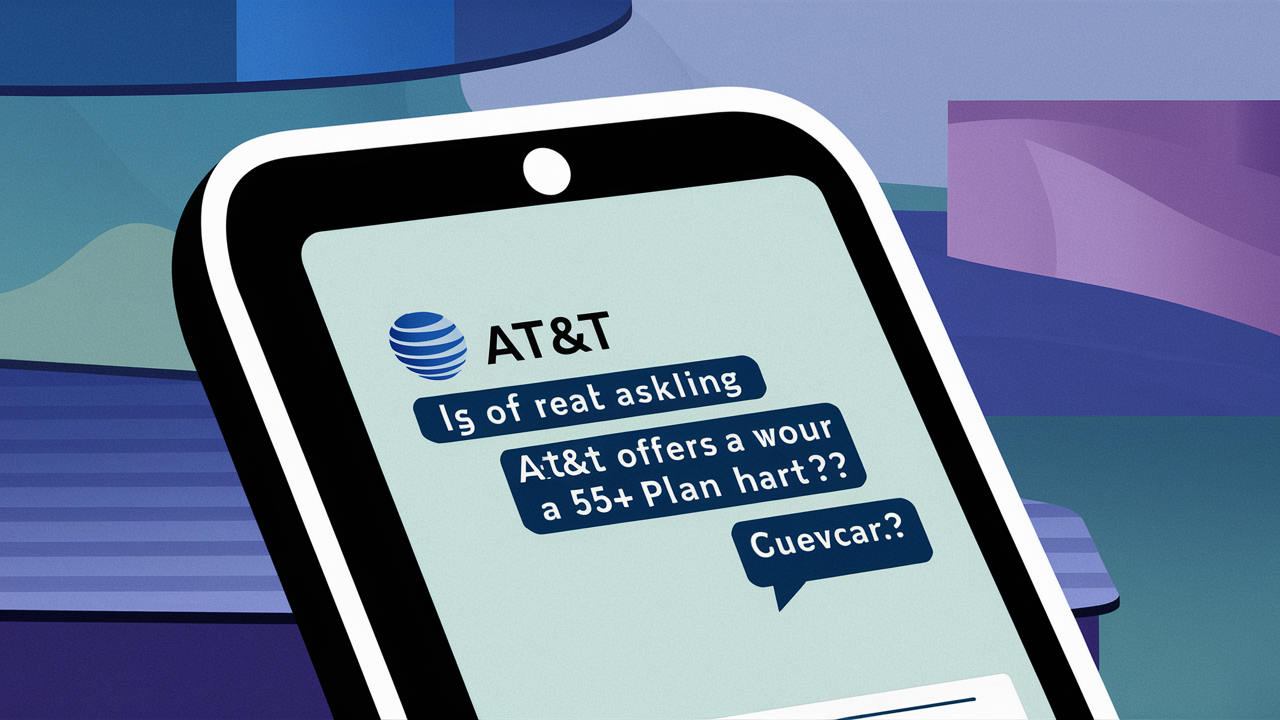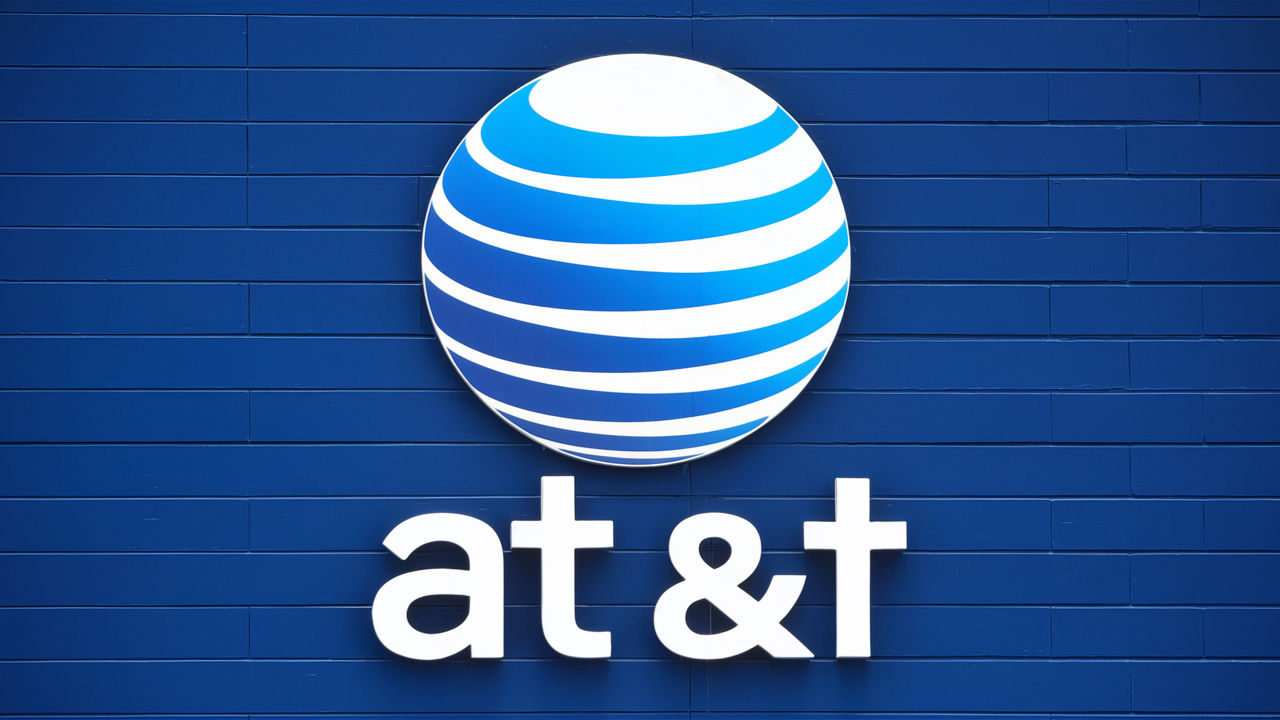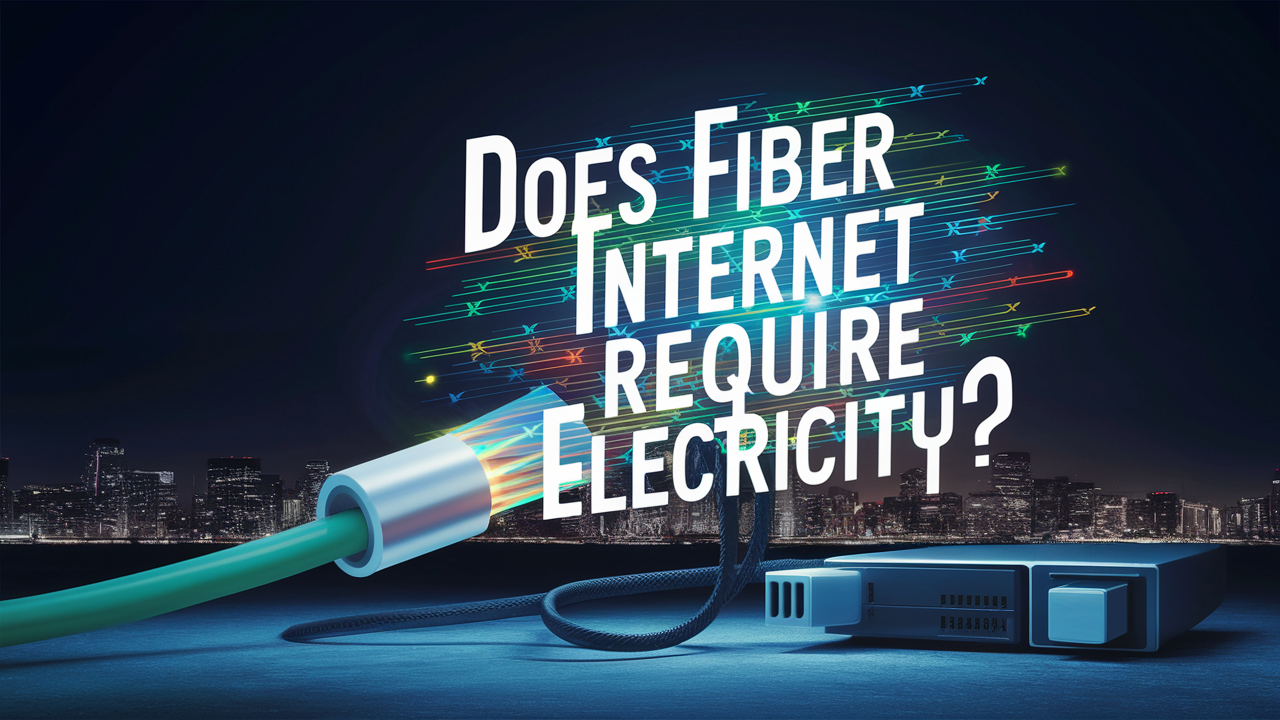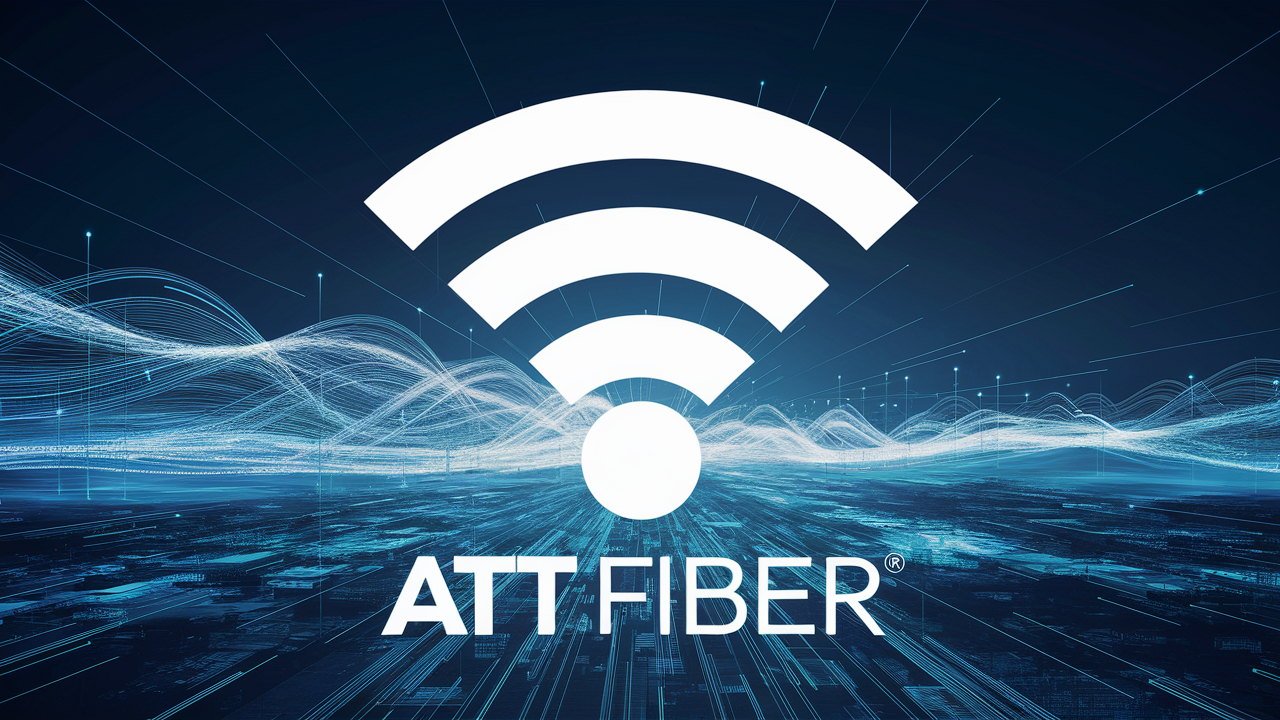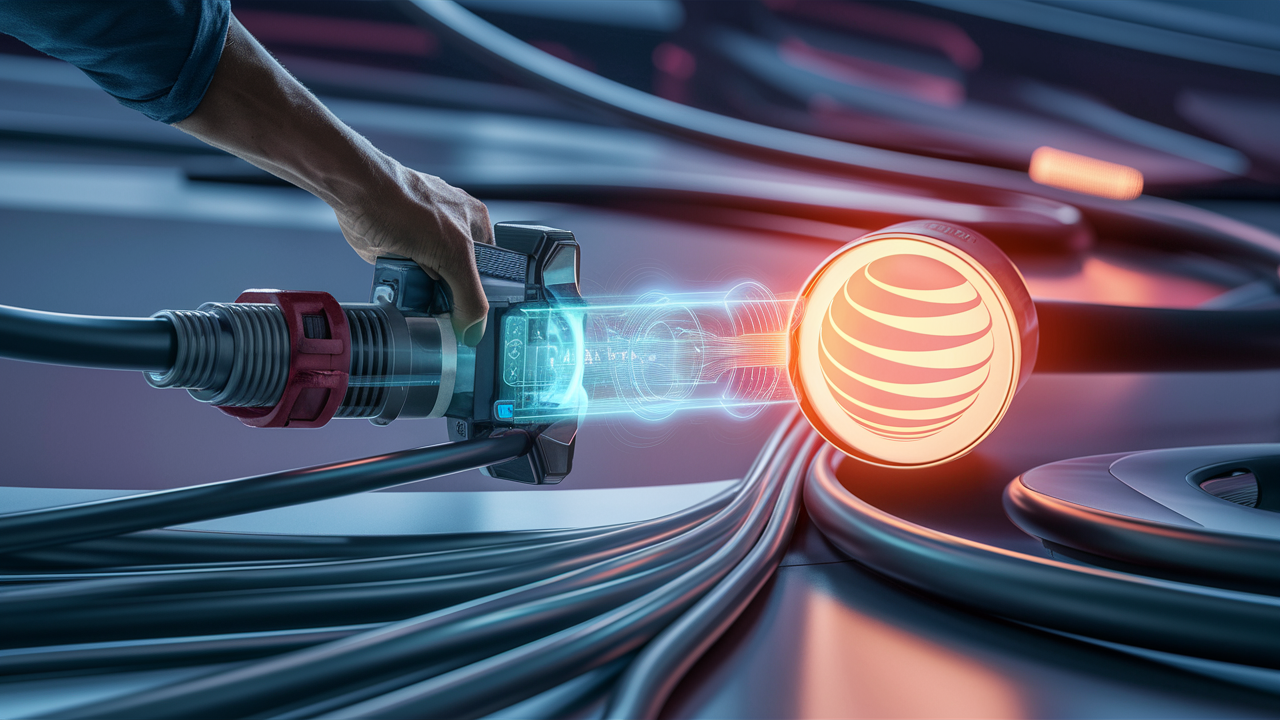
AT&T fiber internet service deliver Internet service Provider through fiber optic cables which provide substantially fast internet speeds to homes and businesses. However, does it only utilize existing cable lines to deliver its fiber service? The answer to this question is not absolute, it cannot be a simple yes or no answer.
AT&T Fiber Basics
Fiber internet from AT&T is the latest and arguably the best type of internet service providers for homes and businesses. It employs fibers which are rigid tubes of flexible glass that transmit data through light signals rather than electricity.
This gives fiber internet some major advantages over traditional cable internet that relies on copper coaxial cables.
- Speeds – Fiber based internet connection speeds are bidirectional, having download and upload speeds of up to 1Gigabit per second. That is a hundred to ten thousand times faster than a basic cable internet connection.
- Reliability – The glass fiber cables offer the advantage of low interference, attenuation, and breakages over large distance. This leads to more steady speed, which makes interruption of play time minimum.
- Future proof- Currently, there is almost unrestricted opportunity to expand; it is easier to upgrade a fiber internet network than to cable up; speeds can grow as equipment is swapped instead of cables.
- Latency – Light-based fiber transmissions experience lower latency compared to cable internet service. This results in enhanced connection for games, video calling, and any other application that involves real-time voice or video transferring.
Thus, the downside of fiber installation.
They are, however, not without some conditions, which we will discuss in the next sections and chapters. While fiber optic internet delivers unmatched speeds and reliability compared to alternatives like cable or DSL, actually installing the fiber optic cables can be complex and costly
- No prior existing facility – Unlike telephone or cable TV facilities which may have wiring infrastructure from the 1980’s and earlier, fiber optic internet implies new wiring installations.
- Buried cables – another common type of installation is running the cables underground to prevent issues arising due to excess moisture above the ground. This entails digging trenches, most of the time within the easements of the public to lay not miles of cables.
- Physical barriers – Physical access also becomes an issue when laying cables that transport fibers directly to residents and establishments. Additional tools may also be necessary to link fibre line exterior to internal wiring of the house.
- Stellar demand for employees - To install fibre optics across the nation, large networks would require the effort of many planning professionals, construction workers, electricians, linemen and technical support for design and installation all the way down to the client’s home.
- Permitting issues- This involves getting right of way accesses, construction permits, equipment locations, traffic interferences and other related matters which make the work to be very difficult.
For these reasons, establishing fibre networks is a capital intensive endeavour that entails cost outlays of hundreds of millions or Billions of US Dollars by the Internet Service Providers like AT&T. This is something that is worth undertaking because regardless of the short-term costs associated with fiber, it can be depended upon to deliver in the long run. However, does it mean the installation of cables needs to be done with completely new cable wires?
Leveraging Existing Infrastructure
The easiest method involves building the fiber optic structure from the ground up or from one’s drawing board. But in many cases, AT&T utilizes existing cable conduits, utility poles, and even select cable wiring to reduce costs and installation efforts
- Prior telephones and cable television installations may have entailed the installation of conduits, that are plastic or metal pipes for protection of wires to be pulled through. It has been possible in some places to lay fiber directly through conduits already in place, further minimizing excavation costs for AT&T.
- Telecommunication poles – Other structures that were earlier installed for use by telecommunication companies such as telephone, cable television and electrical services can also be used to support fiber cable lines with new attachments. It also helps in reducing the need for digging at underground places.
- Coaxial cable repurposing – Some of the experts have suggested that in some circumstances AT&T may run fiber from the neighborhood node site to customer premises through existing coaxial “last mile” cables. Instead of having a new section of this cable where fibre signals could be transmitted directly, existent lines could convey these signals between these two points.
- In-home wiring reuse: Coaxial cable wiring and outlets already installed in a home can be used to provide fiber internet upon connection to an external fiber internet line. This makes it possible to avoid extensive rewiring on the private property since most of the electricity will be generated from solar systems.
However, when utilizing the existing infrastructure, fibre optic cables and equipment are still needed at some stage to provide actual fibre connectivity. Some of these apparatuses could be recycled, for example, underground main line conduits may be recycled but wiring to individual locations may comprise new fiber cable. This, therefore, provides a blend of cost-effective solutions to AT&T and also ensure that the firm gets the optimum fiber optic performance.
On this topic, it is imperative to note the significance of direct fiber lines.
Although there are advantages in recycling as much of the existing cabling and infrastructure as possible, fibre internet speed, reliability and being able to increase its capacity in the future depend on the fibre optic cable connections being taken to the customer location and then switching to copper wiring.
This means that the extent to which fiber line terminations are distanced from homes and buildings, more reliance is put on copper structures. Copper lines introduce unwanted electrical losses, signal attenuation, and susceptibility to interferes, which pull fiber’s performance down to the cable internet level. This is a drawback that negates fiber internet main strengths.
For this reason, fiber providers strive to lay fiber cabling as directly, as widely and as deep into neighborhoods, blocks, and homes as financially possible during initial builds – even if it means losing some opportunities for cost savings from legacy infrastructure reuse at entry.
Conclusion
When extending availability of invested fibre infrastructure AT&T plans to get the maximum value out of the invested amount The goal of AT&T is to go far as it possibly can with invested fibre infrastructures while making them available in new geographic locations. Thus, such conduit, poles and cabling regain their application to carry lightning-fast fiber signals in certain situations during the process of the rollouts.
Although reducing copper infrastructure and providing fibre optic cables as close and direct to residents and structures as possible is the goal. This allows subscribers to benefit from the technological and performance enhancement that fiber connectivity offers them without compromising the advantages that the fiber connectivity offers them than the cable internet that would otherwise heavily depend on coaxial copper wires.
Call (844) 905-5001 to get a new AT&T connection now!
Read More:
Does ATT fiber provide a router?
What is the limit on AT&T fiber internet?
Does AT&T fiber include HBO Max?
How long does an AT&T fiber install take?
Is AT&T fiber really unlimited?
